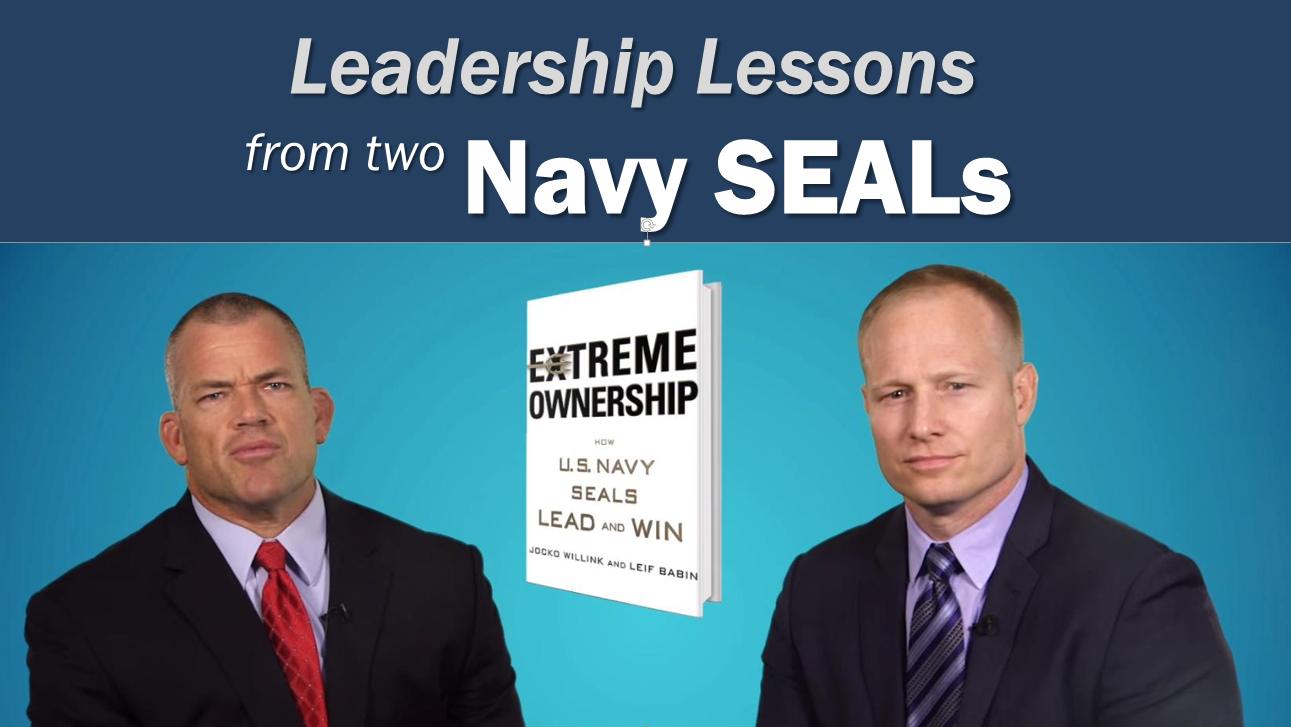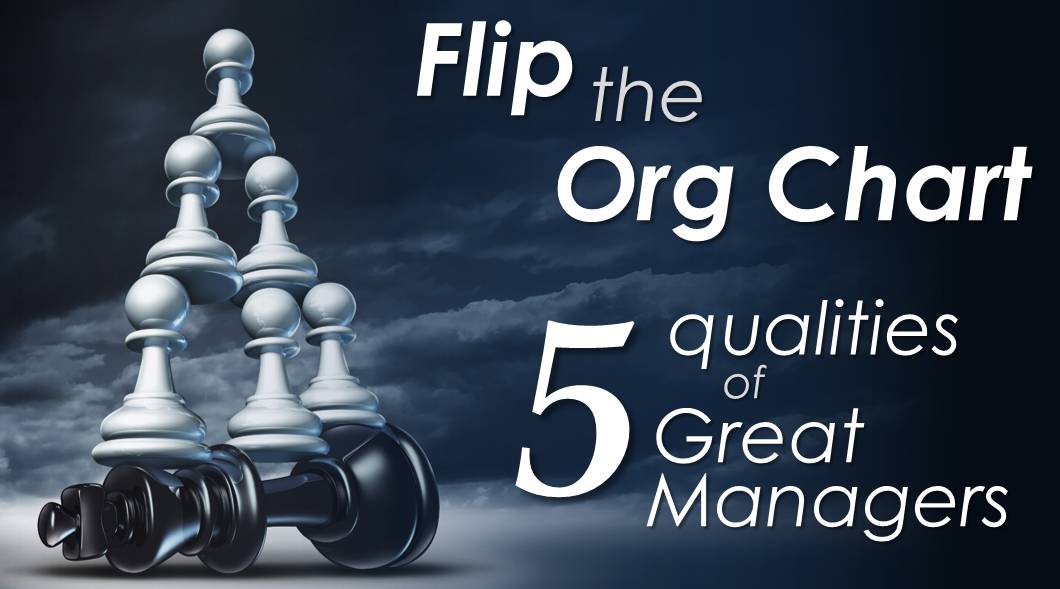It is not easy to find a truly good leadership book. Two of the best I have found bring lessons from the military: Lead like Ike, and Turn the Ship Around. Maybe it is because they deal with life-and-death situations, or maybe because there are clear missions with no ambiguity over who won and who lost.
Navy SEALs are some of the highest-performing military teams in the World. Jocko Willink and Leif Babin are retired Navy Seal officers who fought in Iraq. This posts covers 10 leadership lessons from their book, Extreme Ownership. The core idea is that leadership is based in clarity, trust and accountability.
I listened to the audio book version. In the last five years I have gone to maybe 200 audio books, most of which I probably would not have read otherwise. I don’t listen to music in my car anymore. It is one of the best investments I have made. I recommend you give Audible a try.
Here are the 10 Leadership Lessons from Navy SEALs Jocko Willink and Leif Babin:
1. Leaders Embrace Extreme Ownership
Extreme Ownership is the most important concept of this book, and it threads across the other lessons. It is a concept I have written about before in a post titled There are no Excuses, the Ball is in Your Court. And is one that we should apply to the business world. You can’t blame your products, your boss, your budget, the economy, competitors or your team for your success or failure. You are accountable for your success in your job, your career and your life.
A true leader owns the outcome. When things go wrong, you have to take ownership. No excuses.
“On any team, in any organization, all responsibility for success and failure rests with the leader. The leader must own everything in his or her world. There is no one else to blame. The leader must acknowledge mistakes and admit failures, take ownership of them, and develop a plan to win.” Continue reading “Extreme Ownership – Leadership Lessons from the SEAL Team”



